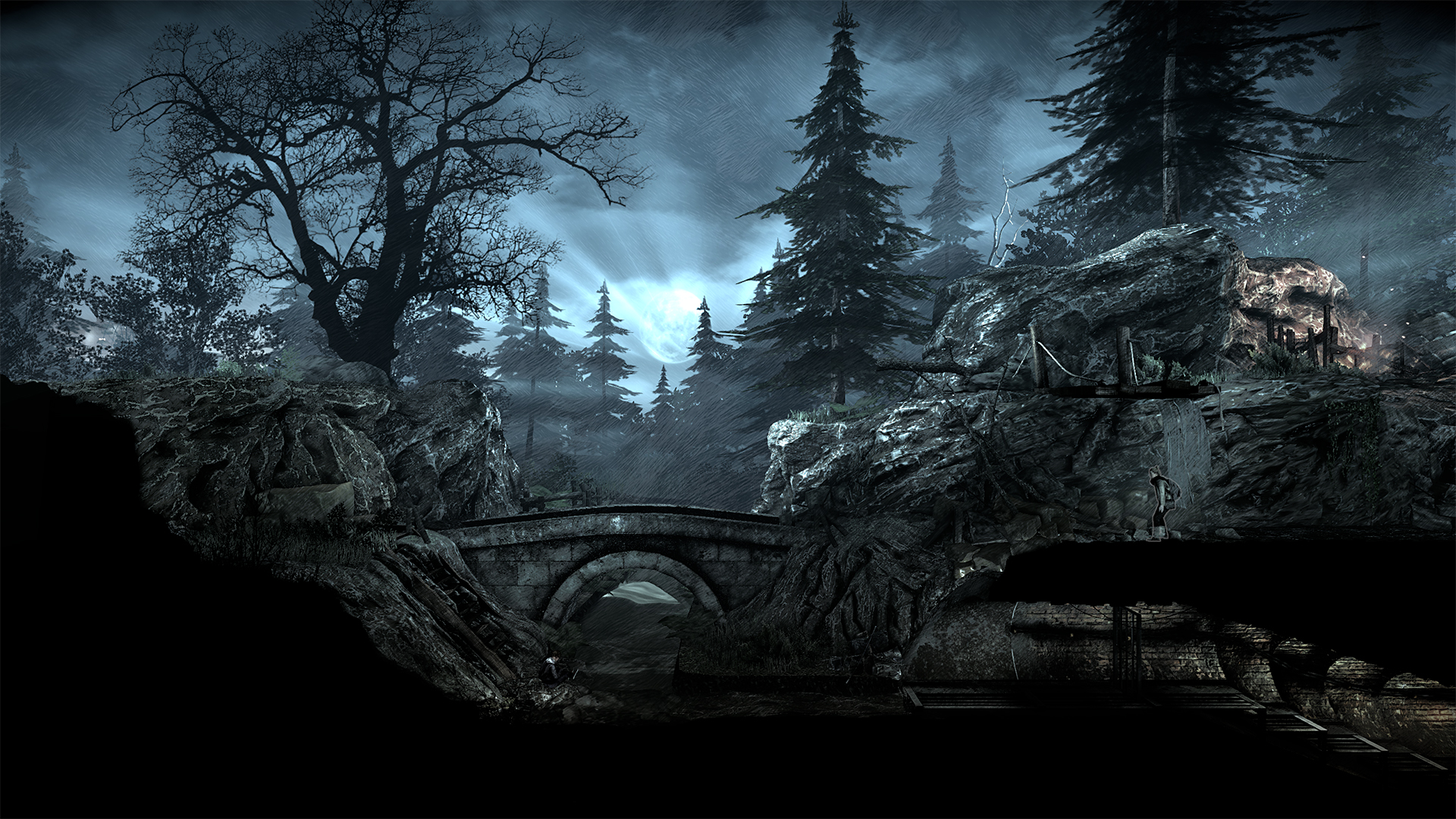
- #This war of mine game katie poloroid archive#
- #This war of mine game katie poloroid series#
- #This war of mine game katie poloroid tv#
These forms deliver narratives, the narratives of their very own production, but also their distribution and the mental journey that encompasses them. 'Strictly speaking, then, the exhibition assembles works whose compositional principle relies on a chain of elements: the work tends to become a dynamic structure that generates forms before, during and after its production. Today artists respond to sustainability in energy, creating feedback loops and chains of interconnections. Postmodernism coincides with a crisis in energy – a realisation from the 1973 oil crisis that fossil fuel energy is not limitless. The modernism of the twentieth century can be related to an explosion of great energy or as described by philosopher Peter Sloterdijk, the plume of oil spurting from an oilwell. Nicolas Bourriaud, Altermodern: Tate Triennial, Tate Publishing, 2009 (p21).Įnergy consumption can be seen as an indicator of a particular cultural era. Sebald, the narrative is punctuated by similar photos, which, according to the author, are there to emphasise the truth of the story.' Today, black and white labels images as belonging to the past and the world of archives – at the same time, however, guaranteeing the authenticity of their content, by the single fact that their technique pre-dates Photoshop.
#This war of mine game katie poloroid series#
'The predominant aesthetics of this concern with intemporality reside to all appearances in the massive usage of black and white, for instance in the 16mm silent films projected by Joachim Koester, the iconography of David Noonan, Tris Vonna-Michell or Charles Avery, the drawings of Olivia Plender, Tacita Dean's series The Russian Ending, or the entire universe of Lindsay Seers. Truth and fiction are presented side by side, in modes traditionally associated with the authentic.
#This war of mine game katie poloroid archive#
They layer archive and historical material with personal information.
#This war of mine game katie poloroid tv#
Taking a trend that is prevalent in contemporary film and TV culture, artists are creating works which mix historical, journalistic or personal enquiry with fictionalised accounts. Nicolas Bourriaud, Altermodern: Tate Triennial, Tate Publishing, 2009 (p13-14).

The tendency of these works is to emphasise the fact that, in this era of the altermodern, displacement has become a method of depiction, and that artistic styles and formats must henceforth be regarded from the viewpoint of diaspora, migration and exodus.' Pascale Marthine Tayou employs colonised forms of African art to suggest the parameters of a truly globalised culture. Subodh Gupta exports commonplace utensils from India reassembled as digitised images, they take on a significance that transcends cultural divides. ' Walead Beshty passes exposed film stock through airport X-ray scanners, or captures the cracks occurring in Perspex sculptures as they travel to exhibitions in Fedex boxes. Trangressing these borders, artists link mediums and forms, geographies and time periods. Artists are not only crossing national borders but also breaching the traditional artistic borders of form and medium. Islands of thoughts and forms are clustered together, yet they may not have a total ‘continental’ definition.

It is both unified and separated: an example of the relationship between one and many. Nicolas Bourriaud, Altermodern: Tate Triennial, Tate Publishing, 2009 (p14).Ĭontemporary culture can no longer be seen as a single totality, but as an interrelated network – described as an archipelago. In a similar way, Peter Coffin extracts the narrative potential of existing works of art by employing an audiovisual setup that parasitically appropriates their meaning and puts them to work as fictional characters.' Chetwynd, in the same work, can scramble Milton, Marx and Sesame Street one of the constant features of her oeuvre is a playful use of forms not considered as relics of the past but as living tools that we need to grasp in order to create new narratives.

For example, Ewan installs a giant accordion from an Italian museum it plays old revolutionary songs to accompany the reproduction of archival documents. To understand the present means carrying out a kind of rough-and-ready archaeological investigation of world culture, which proceeds just as well through re-enactments as through the presentation of artefacts – or again, through the technique of mixing. 'With Nathaniel Mellors, Olivia Plender, Ruth Ewan or Spartacus Chetwynd, references to the past are co-ordinated according to a system of cognitive logic. They remix, re-present and re-enact, using the past as part of an understanding of the present. Artists mine both their own archives and those of institutions or organisations, connecting chains of ideas. Now the world has been mapped by satellites, and nowhere is unknown, artists are exploring history as a new terra incognita.


 0 kommentar(er)
0 kommentar(er)
